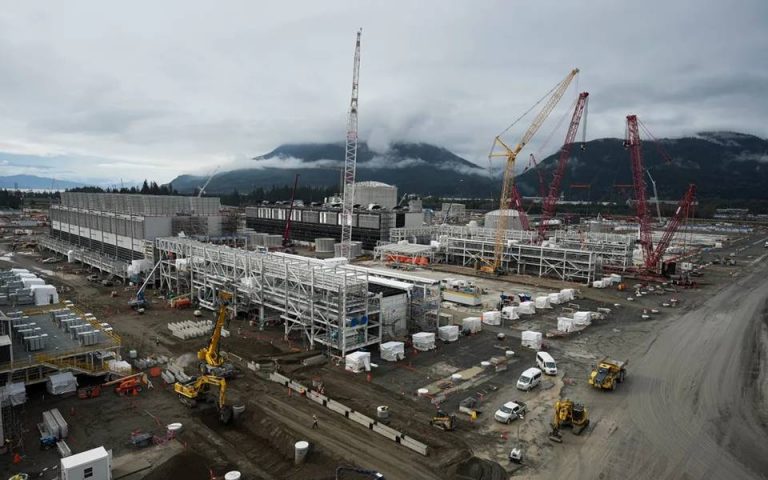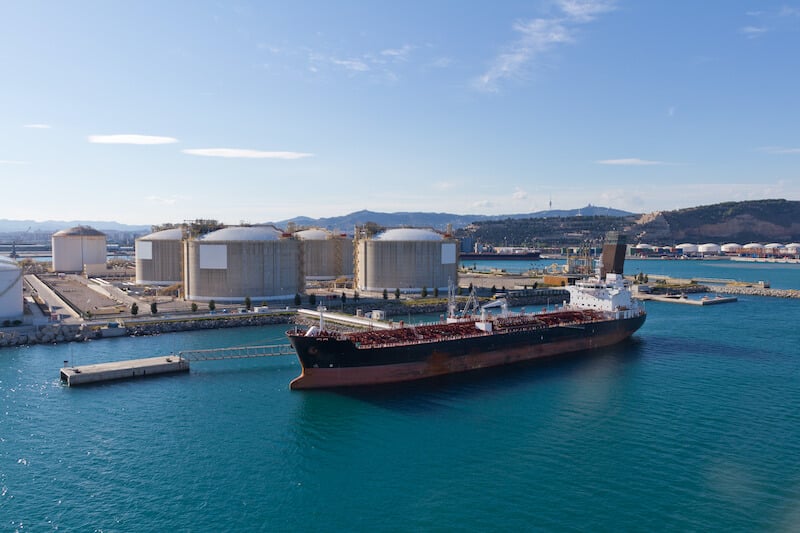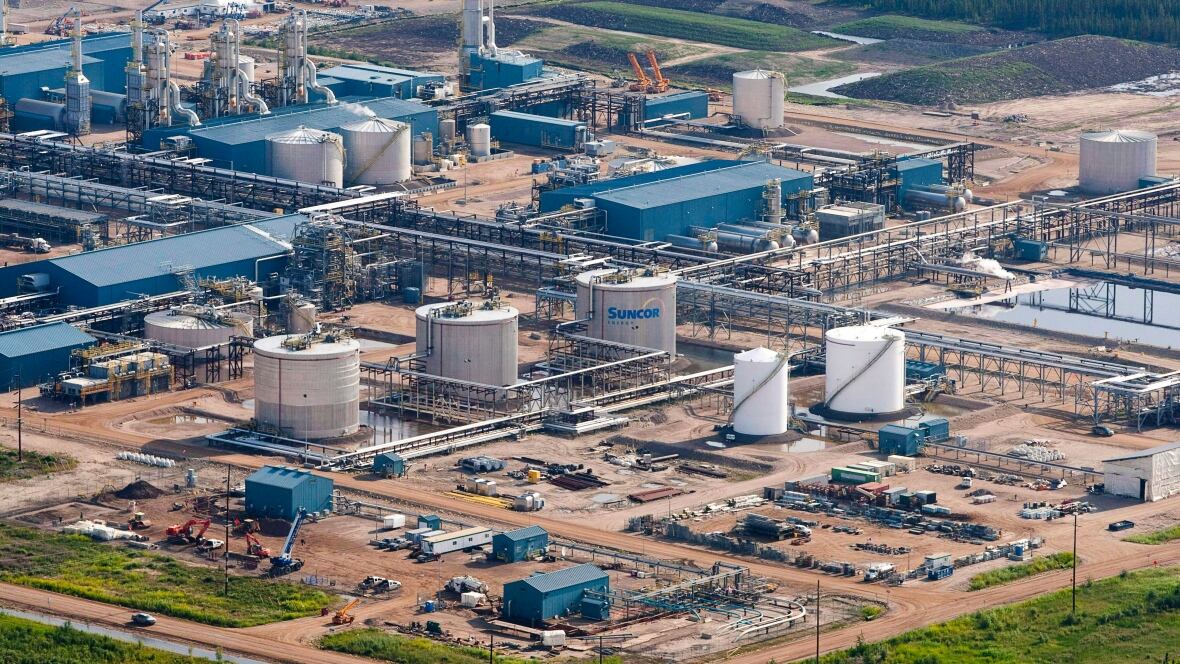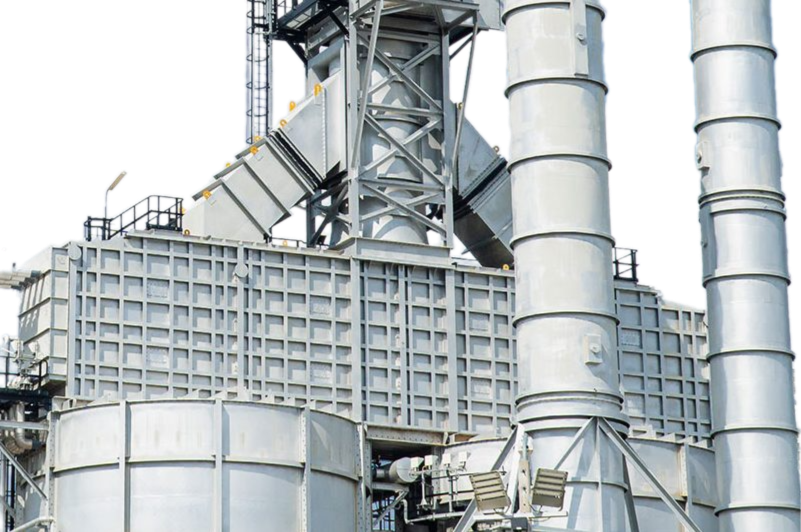Canada Terminal
Canada Terminal

Canada’s terminal facilities play a crucial role in the country’s economy by facilitating the transportation, storage, and distribution of various commodities, including energy products and chemicals. These terminals are strategically located to serve domestic markets as well as international markets, particularly in North America and beyond.
Key Features
- Total storage capacity: 412,759 cbm
- 119 tanks
- Stainless steel storage capacity: 113,180 cbm
- Two docks for deep-sea ships
- Four berths for barges
- Operational since 1983
Infrastructure
Canada’s terminals boast substantial storage capacity, advanced berthing facilities for various vessel sizes, and integrated logistics services. These include efficient transport links via pipelines, railways, and roads, ensuring seamless movement of goods to and from terminals. Terminals also adhere to stringent environmental regulations and safety standards to guarantee the safe handling and transportation of hazardous materials.
Products
- Diesel Fuel EN590 10PPM
- White Spirit
- Bitumen (All Grades)
- Petrochemicals
- Liquefied Petroleum Gas (LPG) All Grades
- Crude Oil
- Urea
- Aviation Kerosene Jet Fuel JP54

Services
- Storage
- Transportation
- Mazut
Strategic Importance
Certain terminals in Canada, such as those in Alberta and British Columbia, serve as regional energy hubs due to their proximity to major energy reserves and infrastructure. These terminals facilitate the storage and export of crude oil, petroleum products, LNG, CNG, chemicals, and fertilizers, contributing significantly to Canada’s economy and global trade.

